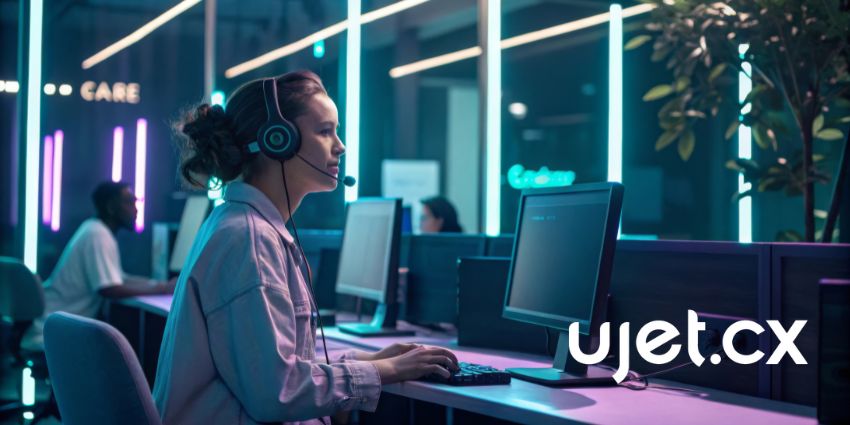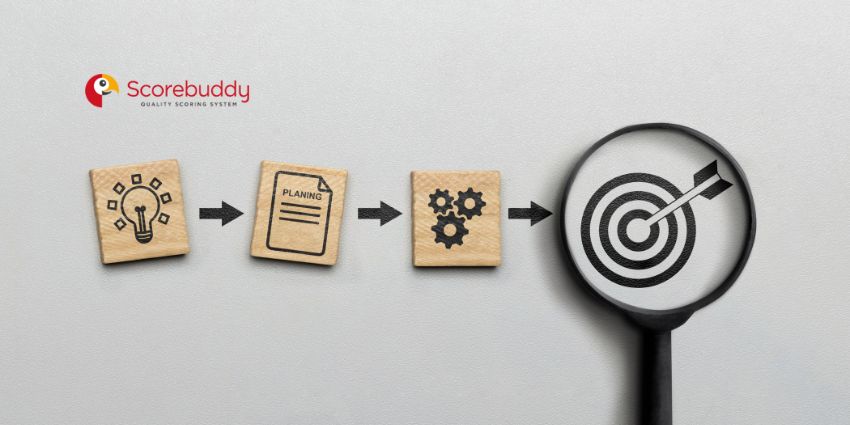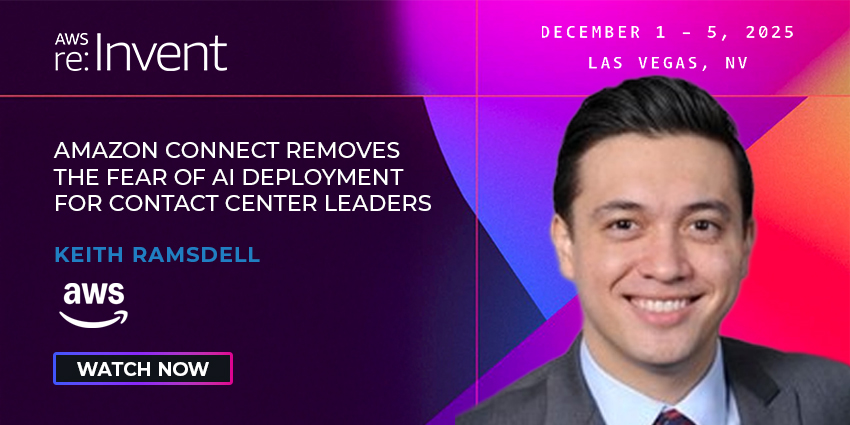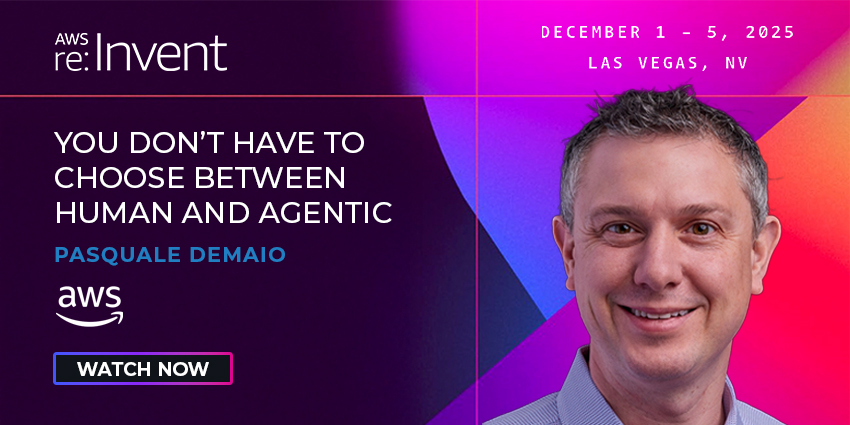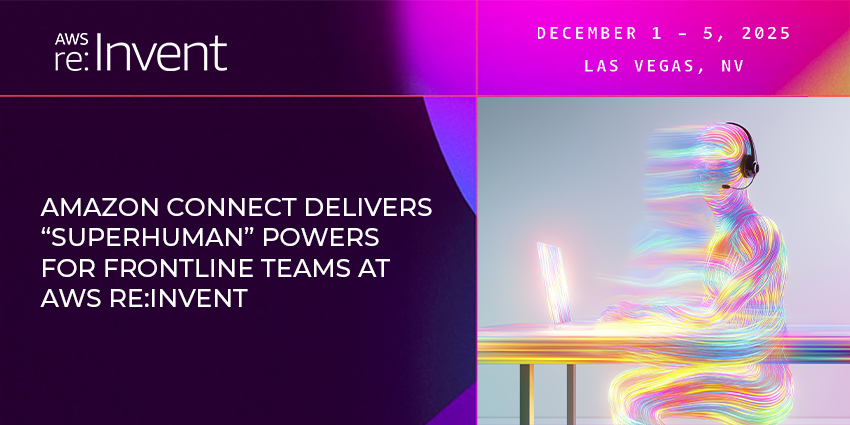Beyond technology, an important cultural shift is happening. A new generation is growing up with AI as a normal part of life.
For this generation, asking AI questions and automating tasks is fast becoming the norm.
The exception? When contacting customer service.
For the most part, it’s still “press one, press two” IVR experiences, chatbots that break on a whim, and repeating information here, there, and everywhere.
While contact centers plan pilots, this disconnect between the company and online communications with friends, family, and ChatGPT is only getting bigger.
As that happens, customers’ tolerance for poor support is shrinking. One study even found that almost 65 percent of consumers now feel impatient, bored, annoyed, frustrated, or disrespected when they have to wait at all.
The result: contact center leaders face an uphill battle in satisfying increasingly impatient customers.
Recognizing this, they understand continuing with the status quo – because “that’s the way we’ve always done things” – is no longer a viable path forward.
Competitors will advance their contact center experiences, side-step customer frustration, and secure the next generation’s loyalty.
That raises the question: where do we start our contact center evolution?
Define Your Customer Journey Strategy
Too many companies operate with disconnected systems and experiences. CRM data is in one place, customer interaction data is in another, and back-office data is out of reach.
No agent, human or AI, can handle complex queries seamlessly when operating in such silos.
Given this, it’s crucial that customers define their customer journey strategy to ensure the very best experience.
It’s crucial to map out what an ideal journey looks like and identify the data you need from each system to support that. One example is to integrate CRM with the Contact Center and leverage customer records and history for the ideal support experience and to provide agents and AI with the context that is needed.
Once you do that, you can build your AI and machine learning strategy around it. Use innovation and data to enhance the customer journey. Then, bring in the right vendors and partners to support you in achieving that vision.
The key here is to first chip away at the top five to ten most common customer contact reasons. A solid implementation of a Virtual Assistant and AI can help here before it even comes to an engagement with a real agent. The contact center gives itself breathing room by taking away some of this work.
UJET’s Virtual Assistant provides a range of capabilities for these scenarios. UJET’s AI-powered solution is designed to enhance customer experience and leverage multiple data sources to provide use cases such as:
- AI-Powered Conversational Support (NLP, Contextual Understanding of customer issues and sentiment detection)
- Intelligent Routing and Handoffs (Dynamic Routing, Seamless Transition to Human Agents, Information Gathering, and more)
- Automation and Efficiency (Automates Routine Tasks like payments, Reduced Agent Workload, Post Interaction Summerization)
- More customization (No-Code Configurator, general and specialist Virtual Agents, CRM Integration, and Data Driven Optimization)
Is My CCaaS Provider the Best Fit?
As mentioned earlier, contact centers must ensure they have an agile platform from which to pivot. That doesn’t mean just migrating to CCaaS. Instead, it means ensuring that a CCaaS solution enables the business to blend forms of AI and modalities, paving the way for that ideal customer journey.
After all, the next generation expects not only fast support but an experience in which they can share images, videos, and audio messages. Still, most CCaaS solutions aren’t set up for this.
Consider the ideal customer journeys and how to best leverage Victual Assistance and Artificial Intelligence for specific use cases. From there, identify the pain points in the current system blocking these experiences, gather data on what isn’t working, and ask the CCaaS provider to help build a roadmap toward it.
If it’s not possible, then consider shifting providers. It’s a move many brands are making, especially those that rushed into signing four- or five-year contracts during the COVID pandemic to enable remote working.
Yet, move or not, that foundational work enables the contact center to integrate technologies, reimagine journeys, and empower its teams.
That last part is crucial. After all, as contact centers orchestrate their most common journeys, they’ll coordinate and automate lots of the simple work, leaving agents with the nitty-gritty.
As such, real-time support channels, assistance tooling, and empowerment initiatives are critical to making sure agents feel confident in coming up with unique solutions.
That could involve creating teams of experts, like T-Mobile, or guiding agents by providing them with a short list of things “not to do” and giving them freedom to do anything beyond that, like Zappos.
These are unique solutions. Yet, this differentiative thinking is an excellent way to elevate the role of human support, setting reps up to deliver loyalty-winning experiences.
A CCaaS Provider That Stands Out
UJET is not a traditional contact center vendor. It’s building a next-generation solution from the ground up.
Crucially, that involves laying the foundation for AI and next-gen Virtual Assistant use cases that aren’t available today but will be in the future.
UJET already supports key AI functions like auto-summaries and virtual assistants, and has a roadmap with dozens of new, unique use cases that competitors haven’t even started building.
While its platform is typically leveraged by midmarket businesses – as it’s easy for smaller contact centers to purchase, deploy, and use – it also offers deep customization, APIs, and SDKs. That enriches its support for enterprise clients.
Lastly, UJET provides cutting-edge CCaaS technology that offers modern customer care services to SMB and Enterprise customers. It consolidates the most important and innovative features in one single platform, such as a modern agent desktop, CRM integration, of course, Virtual Assistance and AI, reporting, and embedding capabilities natively for a seamless agent and customer care experience.
To learn more about the UJET Contact Center, visit: ujet.cx
